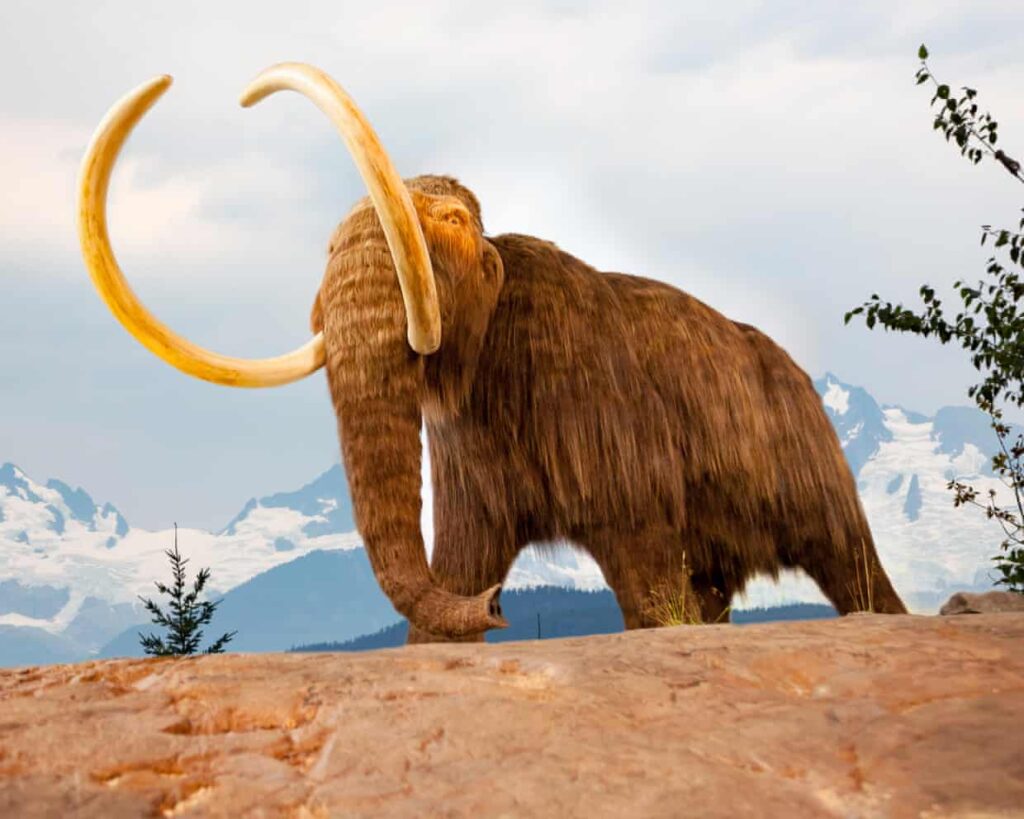
Researchers are making significant strides in understanding historical ecosystems by analyzing ancient DNA found in sediments, known as sedaDNA. This innovative approach allows scientists to gain insights into long-lost environments and the organisms that inhabited them. For instance, recent studies have revealed that woolly mammoths existed in the Arctic much longer than previously believed, challenging earlier assumptions about their extinction timeline in that region.
Fossilization is a rare occurrence in nature. Most living organisms vanish without leaving a trace, effectively recycled into the Earth. However, in specific environments, the DNA from these organisms can bind to soil and rock, preserving their existence for hundreds of thousands, or even millions, of years. The ability to trace this DNA back to its source provides a clearer picture of past life on Earth, including soft-bodied creatures that typically do not fossilize, such as worms.
Uncovering the Past with SedaDNA
In a recent article published in Geoscientist, Tony Brown from the University of Southampton elaborates on how, under certain conditions, DNA can become incorporated into mineral structures, allowing it to be preserved over geological time. This process transforms the way scientists can study ancient life forms and the environments they thrived in.
For example, in Norway, researchers have successfully matched sedaDNA with ancient rock paintings found on cave walls, further establishing connections between the DNA evidence and historical human activity. This breakthrough demonstrates the potential of sedaDNA to reveal stories about the past that were previously hidden.
Another ambitious project, known as PortGEN, is currently underway, examining sedaDNA from sediments collected at ancient world ports, including Rome and Venice. By analyzing this genetic material, Brown and his colleagues aim to uncover new insights into the lives of ancient civilizations. The research could shed light on the biodiversity of these historical locations, as well as the interactions between different species and their environments.
The implications of sedaDNA research are vast, opening new avenues for exploration in paleogenomics and environmental archaeology. As scientists continue to refine their techniques, the potential to rewrite history based on genetic evidence becomes more achievable.
Future Prospects in Historical Research
The possibilities of sedaDNA span beyond just tracing extinct species. They extend to understanding the ecological dynamics of ancient habitats and how they responded to climate change over millennia. By analyzing samples from various geographical locations, researchers can begin to construct a comprehensive timeline of life on Earth.
The emerging field of sedaDNA analysis is one to watch closely, as it has the power to transform our understanding of both past and present ecosystems. As technology advances, the ability to extract and analyze genetic information from sediments will likely continue to expand, paving the way for groundbreaking discoveries in the study of life’s history on our planet.
In conclusion, the integration of sedaDNA into the toolkit of paleontologists and archaeologists marks a significant step forward in the quest to understand the intricacies of ancient life and the environments that supported it. The research led by Tony Brown and his team exemplifies how modern science can illuminate the distant past, revealing connections that have long been obscured by time.






